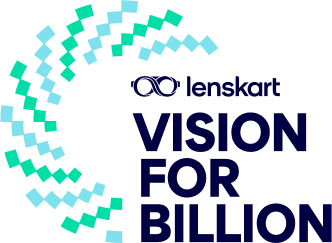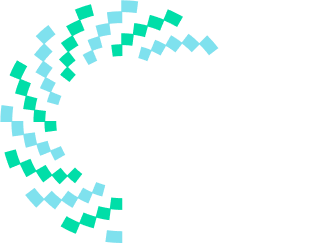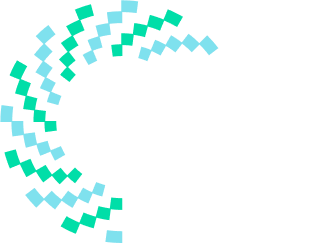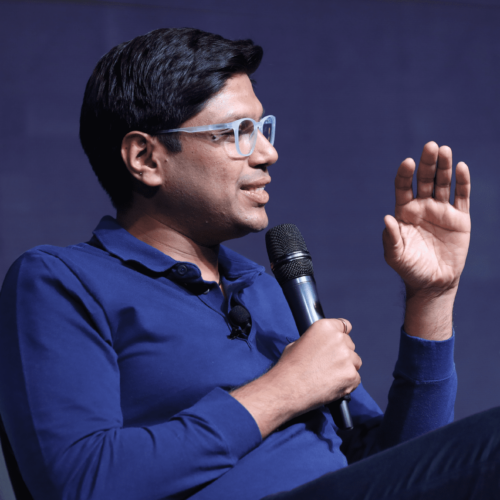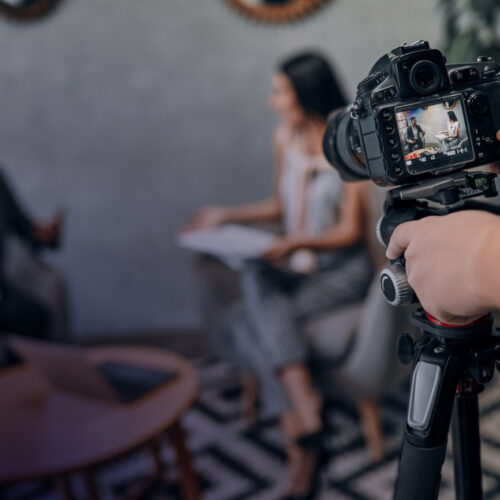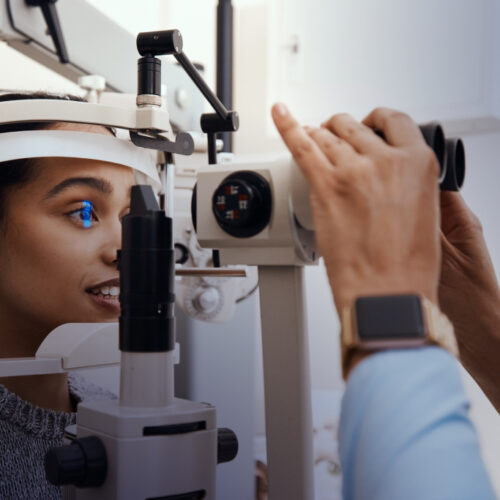Lenskart’s Vision and Aim: Engineering Strategy
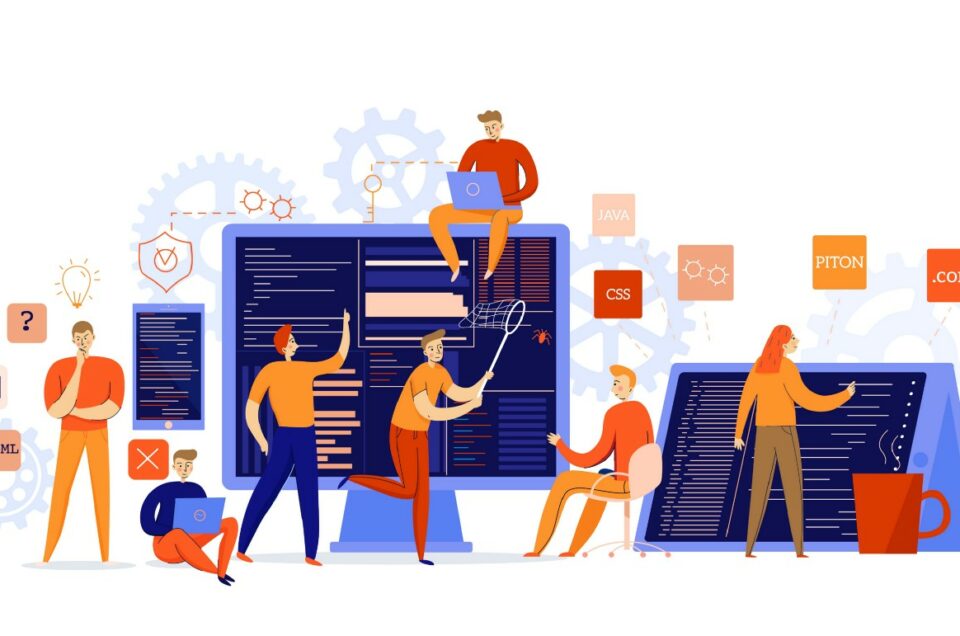
Engineering plan as implemented in FY22

- System scalability: With a high growth expansion rate of Lenskart, it becomes imperative to keep our systems in check, to ensure that all the systems, platforms, and databases are able to handle the load of expansion plans of 10X scalability. Thus, we need to make sure that our systems work well to handle this volume of load and are internationally aware as well.
- High performance and High impact platforms: With an increase in numbers, our systems may take up the load, but what we need is High-performance mechanisms to support the efficiency, speed, and growth of the company. Increasing customer efficiency by building these impactful platforms would provide long-term benefits.
- Cultural awareness: Being in a tech team, doesn’t necessarily mean we are coding every time of the day. Along with this comes a path, a path to follow which is the genuine idea of scalability. Thus, bringing in the best practices and cultural awareness according to everyone’s different KRA would be a major goal to achieve.
- Repair and Resolve: Everything happens with consistency, building platforms or fixing them is not an overnight game. Learning from our failures and building and rebuilding would be a considerable way to automate our apps and support our growth.
- Increase in numbers of Data Science and Data structure platforms: The path here is to build and bring in as many data science and data structure platforms as we can, which would help us make the systems personalized and easy to use for the customer — to choose and discover various products.
- Maintain and achieve Uptime number: Our aim is to keep systems up and reach the four 9’s in this case, bringing us a 99.99% precision.
Advancements/Goals Lenskart is working on currently:
- Bringing in User-Level personalization in our mobile apps: Not many companies have been able to solve this, Lenskart is also working on the same, and has been able to solve this to an extent.
Challenges faced:
- UI Level Re-Architecture Required: A boatload of work in the Re- architecture of the app, both Ios and Android is required, thus we need to hire more talented engineers and then this can be drawn easily.
- Data science and platforms: One other challenge will be to design databases/models and build product platforms that can serve and impact users with accuracy and efficiency, with high-performance numbers.
- App-automation with stores: The expansion rate at which we are growing is high and effective, we need Re-architecture in the app, we need to modify those features which power the store’s information today, this is leveling up on an international level.
- Shifting from SOA Architecture to Microservices: Some of the systems are still legacy, which still follows SOA architecture and are being transformed to microservices, separating the concerns. This is to ensure that each service provided is purely a microservice.
Data Science as a stream of Technology in Lenskart:
Starting working on Data Science about 6 months ago and still enhancing our hands at it, so that this knowledge of data can help us take on more challenges in the near future. Our aim is to bring in data science as a part of the customer’s journey, to help the person find and discover what he/she wants, or look at those products only which the user wants to buy, thus this will be recommended by the app itself. Instead of the user having to do a lot of discovery, the app would learn from the user behavior and change itself accordingly. That’s the power of Data Science!
Strategies Being implemented to achieve this vision:
- Hiring: Hiring Alert!! To increase and reach scalability, we need more talent, and young minds with their dynamic minds would surely bring something catchy to the table. Thus, that would increase the overall effectiveness of the team. In order to support the verticals we have with respect to how a user interacts with the system, Lenskart will increase the number of correspondence platform teams whose primary job would be to look at the system’s stability and also implement other data science visions like user-level recommendations.
- Agile Way of Development: We at Lenskart have built POD’s. POD’s are self-sufficient teams, with categories like — Frontend team, Backend team, Product Managers, and many more. These teams look at a specific area of the journey in our user’s ecosystem. They then become focused on building those special feature sets. What we have done to augment this, is that we have created — Horizontal platforms teams who specifically work on a lot of Re-architecture and stability pieces. So, the initiation of these POD teams is one of the strategies we have implemented. So, the answer to the question, How do we build our apps super exclusive for the users, would be with the use of Horizontal platforms.
Advancements already made:
We have already launched a few modules increasing the app efficiency and one we are going to launch soon which will be ‘Visual Search’. Two recommendation modules are currently live –
- Curated for you: If the user comes to the landing page via a specific flow, the app itself will display the ‘Curated for you’ option. This section is based on the user’s complete history and journey in Lenskart and his/her buying pattern.
- View similar: If someone goes to a specific product page, they can view similar products by clicking on this option, which will have similar or matching products.
- Platform teams: Branded into E-commerce teams, backend platform or UI platform, Store backend platform, Applications platforms are being built and revised every day. We are working on a bunch of microservices sets as well.
Outcomes to Expect!
- Modules on personalization/user recommendation: This kind of customization has shown a direct impact on the ‘Conversion-Rate’. It has shown positive growth rates if the customer opens those pages through those specific modules. With more Personalisation, we expect Better experience, More conversion, and Less number of returns.
- Resolving issues at the base level: One example of the same has been shared. So the Issue here is — How do we make our frame size accurate and precise?
- The first way would be to go and visit a store, and then figure out if the frame size is suitable or not.
- The other way is to open the application and check the approximate size, but to be precise, we have our new age-tech solution. We can predict the customer’s frame size when the customer clicks a picture of his face from the camera. Thus, we have achieved this using Machine Learning and now we have reached a stage where our accuracy has touched the range within 2 mm which is pretty good!
- We are continuously improving these algorithms which will help us grow better. So that we reach better and better numbers and a significant reduction in the number of returns will be visible. That’s how personalization and ML helps.

